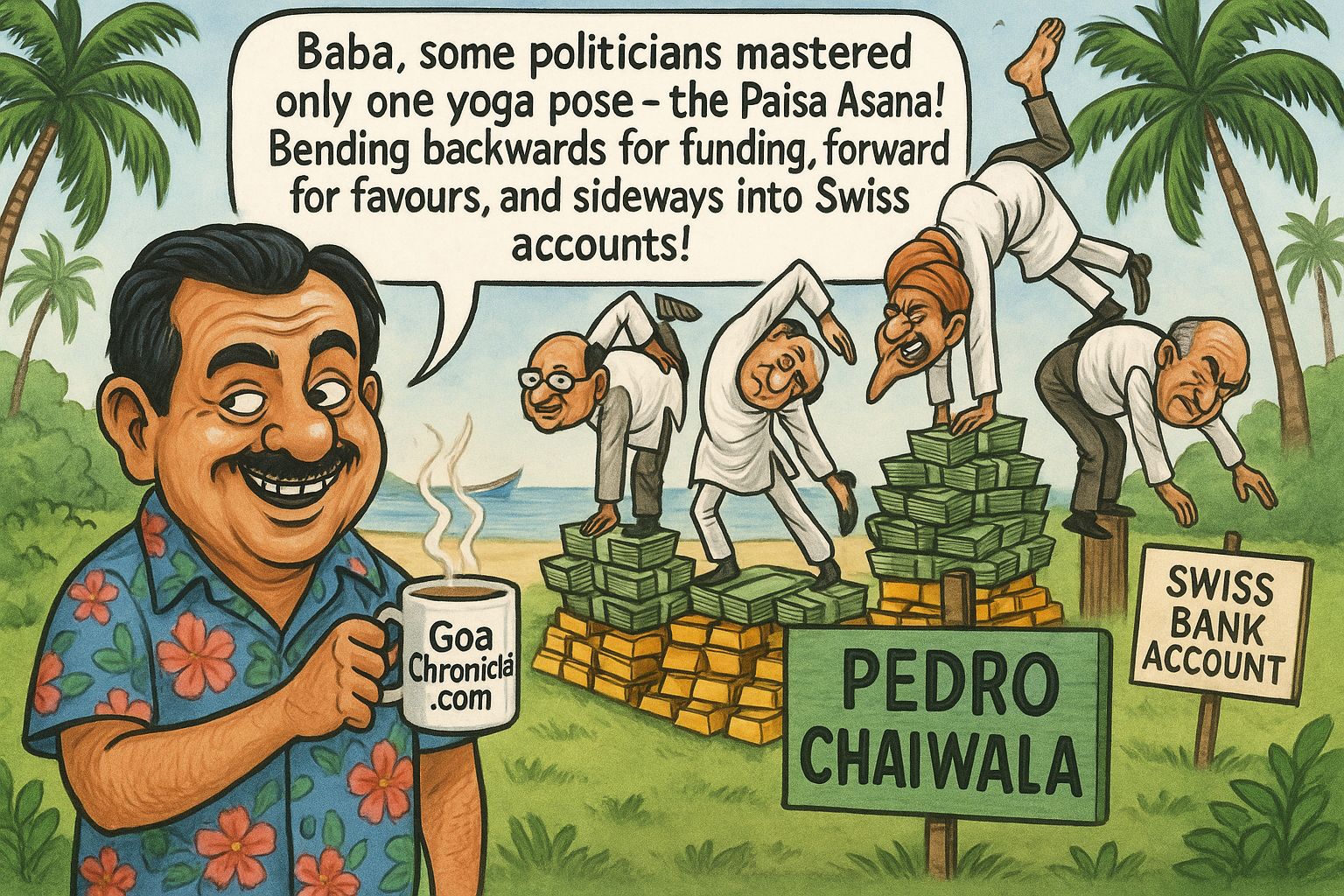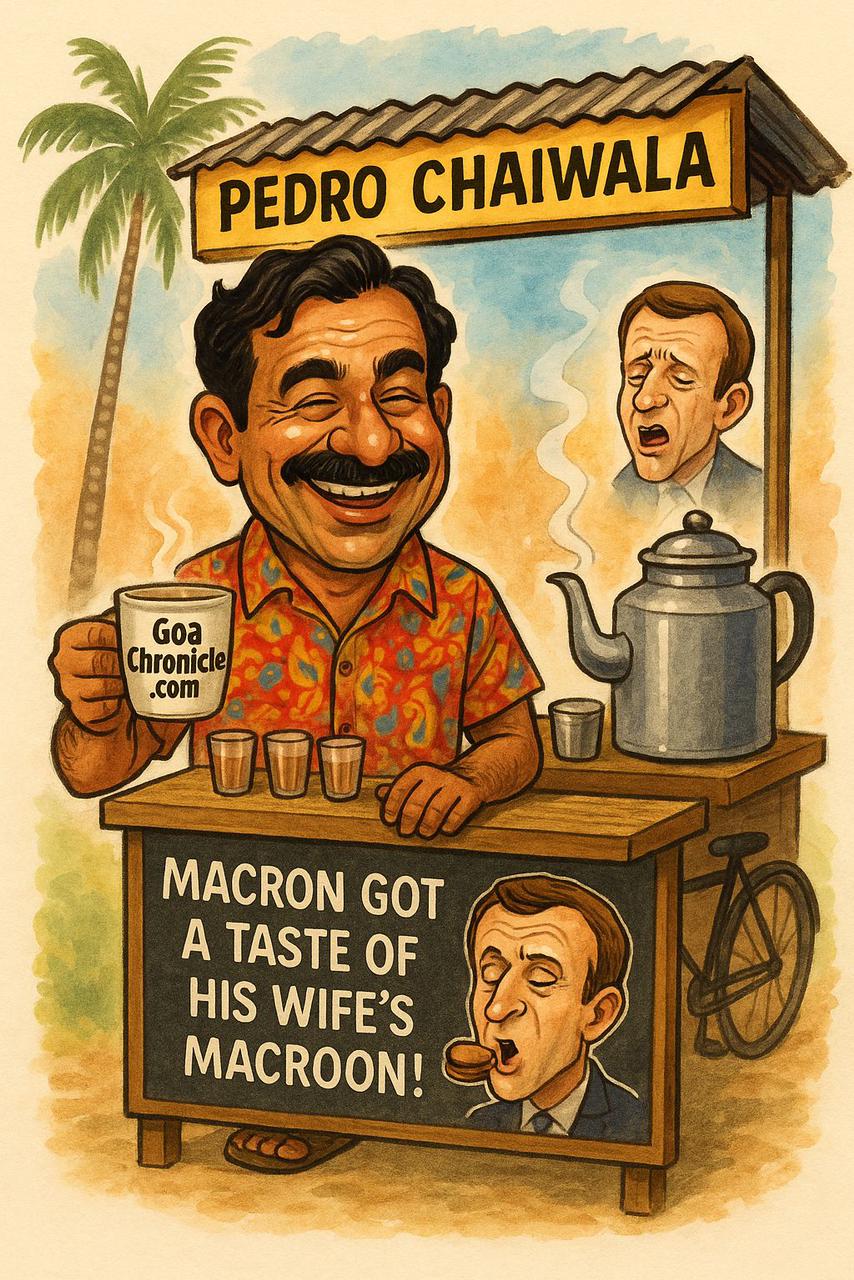New Delhi: Reflecting moderation in factory activities, India’s manufacturing PMI (Purchasing Managers’ Index) slipped to a five-month low of 57.5 in September 2023.
Published by S&P Global, India’s manufacturing PMI stood at 58.6 in August this year.
A PMI reading above 50 means expansion, while a print below it shows contraction in manufacturing activities.
Goods producers in India noted a mild slowdown in growth during September, according to a S&P Global survey released on Tuesday.
“Although the lowest for five months, the latest reading remained firmly above the no-change mark of 50.0 and its long-run average (53.9), therefore signaling a sharp rate of expansion,” S&P Global noted.
As per the private survey, new orders rose at a softer pace in September but were sharp and historically strong. Where an expansion in sales was reported, survey participants cited favorable demand trends, positive market dynamics, and fruitful advertising.
The growth of new export orders softened from August’s nine-month high but remained sharp. Firms noted new business gains from clients in Asia, Europe, North America, and the Middle East.
The manufacturing PMI is compiled by S&P Global from responses to questionnaires sent to purchasing managers by a panel of around 400 manufacturers.
September data showed a let-up in the recent surge in costs faced by Indian goods producers. After quickening to a one-year high in August, the rate of inflation receded to its lowest mark in over three years.
The survey found that Indian manufacturers were confident that output volumes would increase over the course of the coming 12 months, with the overall level of positive sentiment improving to its highest in 2023 so far.
Pollyanna De Lima, Economics Associate Director at S&P Global Market Intelligence, said that India’s manufacturing industry showed mild signs of a slowdown in September, primarily due to a softer increase in new orders, which tempered production growth.
“Nevertheless, both demand and output saw significant upticks, and firms also noted gains in new business from clients across Asia, Europe, North America, and the Middle East,” De Lima further said.































